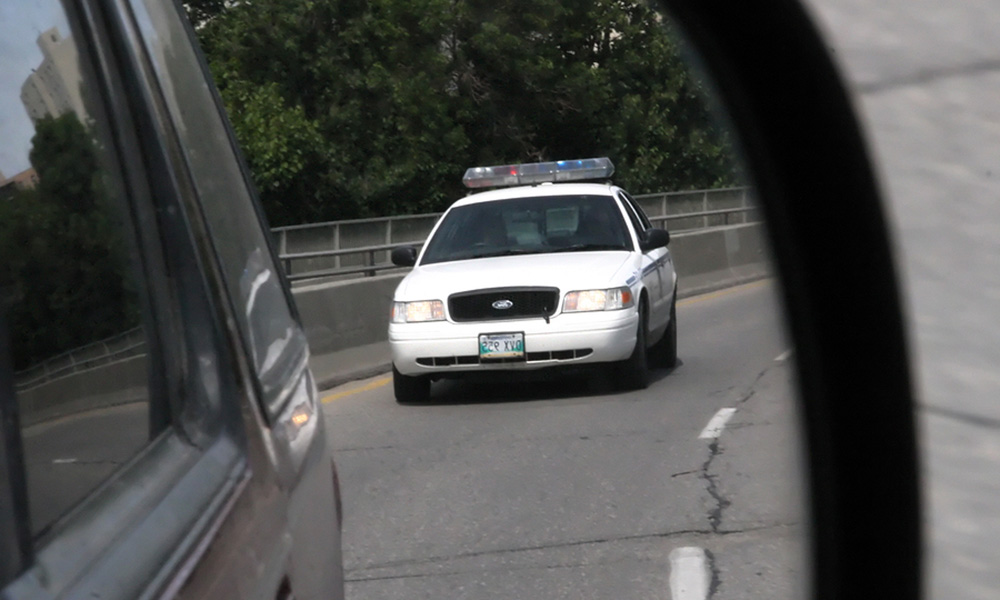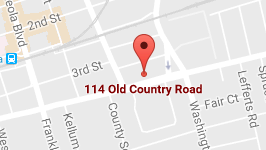Criminal mischief is one of the most common, nonviolent crimes that is committed in the state of New York. Even though these crimes are not violent,that does not mean that the charges should not be taken seriously. Criminal mischief is a property crime, meaning it involves damage to property of another. Under New York law, “property of another” is defined as:
“Property of another” shall include all property in which another person has an ownership interest, whether or not a person who damages such property, or any other person, may also have an interest in such property.
Take a close look at the above definition. Based on this definition, you may be charged with illegal mischief even if the property that you are damaging is yours–as long as you are a partial and not total owner of the property. Because of this, criminal mischief charges are frequently seen in domestic violence cases. When two domestic partners get into an argument, property is often damaged, but the accused may be under the impression that the property damage is not a big deal because it belongs to him. However, that is not the case. This damage could lead to criminal mischief charges.
In the state of New York, vandalism is one of the actions considered “criminal mischief”—although illegal mischief also includes a number of other crimes. If you commit vandalism, you could be charged with illegal mischief in the first, second, third, or fourth degree. The severity of the charge is linked to the nature of the vandalism itself. Creating graffiti, for example, would be less serious than destroying an automobile, although both are vandalism. If you’re charged in the Long Island area or anywhere in New York City with vandalism or any other criminal mischief, get legal help immediately; call an experienced Long Island criminal defense lawyer without delay. Vandalism charges in New York include:
- Criminal mischief in the first degree: Knowingly destroying another person’s property by using explosives is a Class B felony punishable by 5 to 25 years in state prison and substantial fines.
- Criminal mischief in the second degree: Knowingly destroying another person’s property valued above $1,500 is a Class D felony punishable by up to 5 years in state prison and significant fines.
- Criminal mischief in the third degree: Knowingly destroying another person’s property valued between $250 and $1,500 is a Class E felony punishable by up to 4 years in state prison and significant fines. You may also be charged with illegal mischief in the third degree if you attempt to break into a locked vehicle with the intent to steal property, or if you have three or more illegal mischief convictions on your record within the last three years.
- Criminal mischief in the fourth degree: Knowingly destroying another person’s property valued up to $250 is a Class A misdemeanor punishable by up to a year in jail and fines. You may also be charged with illegal mischief in the fourth degree if you intentionally take part in the destruction of an abandoned building or recklessly damage another person’s property.
Criminal mischief in the fourth degree is the most common charge of illegal mischief in New York. Even though this is a misdemeanor, it’s very easy for a crime to be charged as a felony. For example, if the property that you are accused of damaging belongs to the government, you will face felony charges regardless of the monetary value of the damages that you have caused. Examples of government property include police vehicles, or buildings with government agencies or workers.
Because illegal mischief involves property damage, victims have the right to pursue both illegal and civil cases against the defendant. That means that regardless of the outcome of your criminal case, you could have to pay compensation to the victim if he or she decides to pursue civil action against you. Criminal mischief charges are no laughing matter, even though it is a nonviolent crime. If you have been charged or are being investigated for criminal mischief, contact an experienced Long Island criminal mischief attorney as soon as possible.
Criminal Tampering
Another crime related to criminal mischief is illegal tampering. Criminal tampering can vary in severity depending on the degree of your crime.
- Criminal tampering in the first degree: Intentionally causing a substantial interruption or impairment of a utility service. This is considered a class D felony and is punishable by up to seven years in prison.
- Criminal tampering in the second degree: Intentionally tampering with or making a connection to the property of a utility company. Utility companies are defined as gas, water, sewage or electric companies. This crime is considered a class A misdemeanor and is punishable by up to one year in jail.
- Criminal tampering in the third degree: You may be charged with this crime if the prosecution has probable cause that you have tampered with the property of someone else with the intent to cause a substantial inconvenience to the property owner. This crime is considered a class B misdemeanor and is punishable by up to ninety days in jail as well as fines.
Although criminal tampering charges do not carry as harsh of sentences as illegal mischief charges, you should still take these seriously and consult with a Long Island illegal defense attorney as soon as possible.
When you are a suspect in a criminal investigation, the choices you make during your first contact with the police can often mean the difference between conviction and acquittal. That’s why it’s essential that you contact a Long Island criminal defense attorney as soon as you make contact with the policy. If you’ve been charged with vandalism or any degree of criminal mischief, it’s possible that the entire incident was one big misunderstanding; it’s also possible that you’ve been falsely accused. Get the defense representation you need if you’re charged with vandalism or illegal mischief on Long Island or anywhere in New York City, and obtain the advice and services of an experienced Long Island criminal defense lawyer immediately.











Comments are closed.